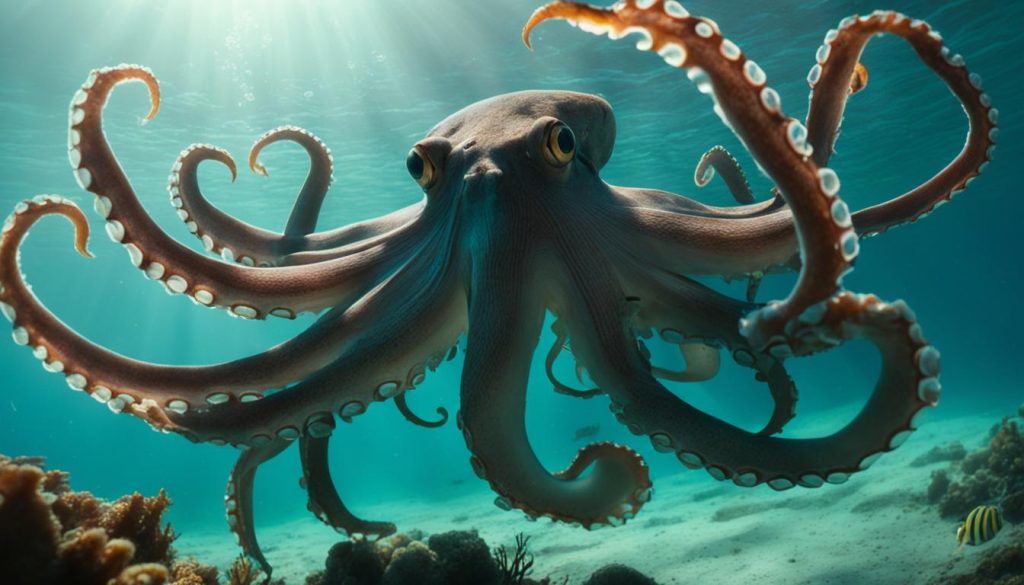Discovering the World of Tursiops: Insights into Bottlenose Dolphins
Bottlenose dolphins, scientifically known as Tursiops truncatus, are among the most iconic and beloved marine mammals, captivating the hearts and minds of people worldwide. From their playful antics to their remarkable intelligence, bottlenose dolphins continue to fascinate scientists, conservationists, and nature enthusiasts alike. In this article, we delve into the world of bottlenose dolphins, exploring their biology, behavior, habitats, conservation status, and the importance of protecting these magnificent creatures. Read More: Why are dolphins important? Biology and Anatomy Bottlenose dolphins belong to the family Delphinidae and are characterized by their distinctive elongated beaks, or rostrums, and robust bodies. Here are some key biological features: Size: Adult bottlenose dolphins typically range from 6 to 13 feet (1.8 to 4 meters) in length and can weigh between 330 to 1,430 pounds (150 to 650 kilograms), with males being slightly larger than females. Coloration: They have a light to slate-gray dorsal surface and a lighter underside, with variations in coloration and markings among individuals and populations. Dorsal Fin: Bottlenose dolphins have a prominent dorsal fin located on their back, which varies in shape and size depending on the individual and geographic location. Teeth: They possess between 18 to 26 conical teeth on each side of their upper and lower jaws, adapted for grasping and catching prey. Behavior and Social Structure Bottlenose dolphins are highly social animals known for their complex behaviors and communication skills. Here are some behavioral traits: Social Bonds: They form strong social bonds within groups known as pods, which can consist of a few individuals to several dozen members. These pods exhibit complex social structures and exhibit cooperative behaviors. Communication: Bottlenose dolphins communicate using a variety of vocalizations, including clicks, whistles, and pulsed sounds, which play a crucial role in social interactions, navigation, and foraging. Playful Behavior: They are renowned for their playful antics, such as breaching, tail-slapping, and riding waves, which serve social, cognitive, and physical purposes. Foraging Strategies: Bottlenose dolphins employ various foraging strategies, including cooperative hunting, where individuals work together to corral and capture prey, such as fish and cephalopods. Habitats and Distribution Bottlenose dolphins inhabit a wide range of marine and coastal environments around the world, from tropical to temperate waters. They are found in oceans, seas, estuaries, and coastal regions, including: Oceanic Habitats: They occur in pelagic and offshore habitats, where they traverse vast distances in search of prey and suitable breeding grounds. Coastal Areas: Bottlenose dolphins are commonly observed in coastal waters, bays, and lagoons, where they utilize shallow areas for feeding, resting, and socializing. Estuarine Systems: Some populations inhabit estuarine and riverine environments, where freshwater meets saltwater, providing rich feeding grounds and shelter. Conservation Status and Threats While bottlenose dolphins are not currently considered endangered species, they face various threats and conservation challenges: Habitat Loss and Degradation: Coastal development, pollution, habitat fragmentation, and coastal construction projects threaten essential habitats for bottlenose dolphins. Bycatch: Accidental entanglement in fishing gear, such as gillnets, trawls, and longlines, poses a significant threat to dolphin populations worldwide. Pollution: Contamination from marine debris, plastic pollution, oil spills, and chemical pollutants can adversely affect dolphin health and ecosystem integrity. Climate Change: Rising sea temperatures, ocean acidification, and changes in prey availability due to climate change can impact dolphin distribution, abundance, and behavior. Importance of Conservation and Protection Bottlenose dolphins play a vital role in marine ecosystems and contribute to the cultural, ecological, and economic well-being of coastal communities. Here’s why protecting them is crucial: Ecological Balance: Dolphins help maintain the health and balance of marine ecosystems through their predatory behavior, prey regulation, and nutrient cycling. Economic Value: Bottlenose dolphins are a significant draw for ecotourism, generating revenue for local economies through dolphin-watching tours, educational programs, and research initiatives. Cultural Significance: Dolphins hold cultural and spiritual significance for many indigenous cultures and coastal communities, symbolizing wisdom, freedom, and harmony with nature. Conclusion Bottlenose dolphins are extraordinary creatures that embody the beauty and complexity of marine life. From their remarkable intelligence and social behaviors to their vital ecological role in marine ecosystems, these iconic mammals deserve our admiration, respect, and protection. By raising awareness, supporting conservation efforts, and advocating for responsible stewardship of marine resources, we can ensure a brighter future for bottlenose dolphins and the oceans they inhabit. References: National Oceanic and Atmospheric Administration (NOAA) International Union for Conservation of Nature (IUCN) Marine Mammal Science Journal Dolphin Research Center Further Reading: “Dolphins: The Ultimate Guide” by John Mann “Bottlenose Dolphins: Biology and Conservation” edited by John E. Reynolds III, Randall S. Wells, and Samantha D. Eide
Discovering the World of Tursiops: Insights into Bottlenose Dolphins Read More »










